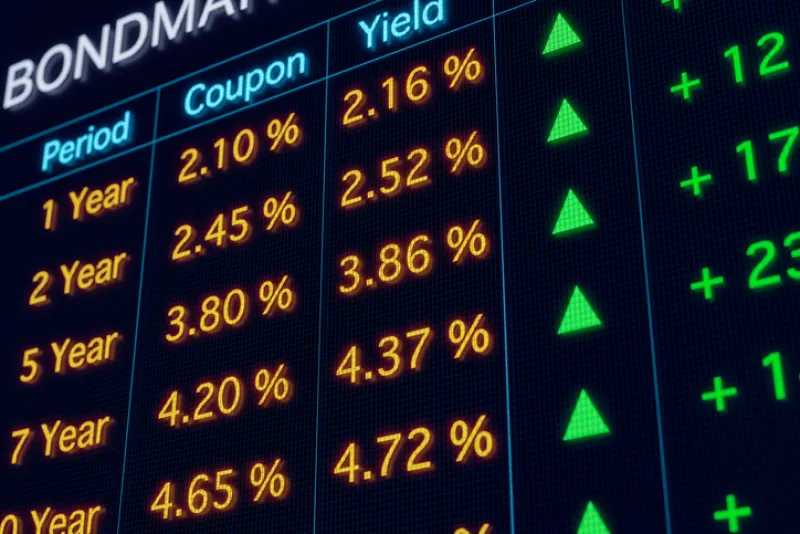The $130 trillion bond market is slowly digitizing and becoming more transparent, but active managers have shown again that its inefficiencies and swings spell opportunity for them and their investors.
Active bond managers had a “stellar” run during the 12 months leading up to June 2024, according to Morningstar. Roughly two-thirds, or 67 percent, of those funds beat their average passive category peer during that period. The intermediate core-bond category of funds did especially well; 72 percent beat their passive peer. “Those active bond portfolios tend to sport shorter duration and take more credit risk than their indexed peers, an ideal combination amid the higher-than-expected interest rates and narrowing credit spreads that characterized the period,” said Morningstar.
The 67 percent winning rate was also the best out of all groups during the period. While more active strategies beat the average passive fund in their category (51 percent compared to 47 percent the previous period), that’s still not a heartening statistic for those in the business of charging higher fees for their skill at generating alpha. “It was basically a coin flip whether an actively managed mutual fund or exchange-traded fund outperformed its average passive peer from July 2023 through June 2024,” according to Morningstar.
Less than half of active U.S. equity funds beat an indexed version of the strategy. Morningstar characterized passive peer-beating performance by 53 percent of active large-cap and 52 percent of small-cap managers “solid.” Mid-cap managers weighed on the group’s success rate — just 36 percent of them performed as well. Actively managed real estate funds continued a recent winning streak. Their 66 percent success rate was the same as last year’s.
Active bond funds often outperform in the long run. More than 38 percent have beaten index funds for the past 15 years — 80 percent of the surviving group outperformed the index composite — again outshining other groups such as U.S. equity funds.
The asset-weighted returns of active bond funds also exceeded index funds in all three fixed-income categories.
But the overall long-term track record for active funds is still subpar. Success rates were generally higher among foreign-stock, real estate, and bond funds but few are winners over the long term. During the 10 years through June 2024, just 29 percent of active funds survived and beat their average indexed peer over the decade.
During a 12-month period that included rising interest rates and then a Fed benchmark rate cut, there were other small twists in the story of the bond market. Among them was Citigroup making a once unthinkable announcement in December that it was closing its municipal bond underwriting and trading business, one of the most prominent in the $4 trillion market, and leaving a void.







